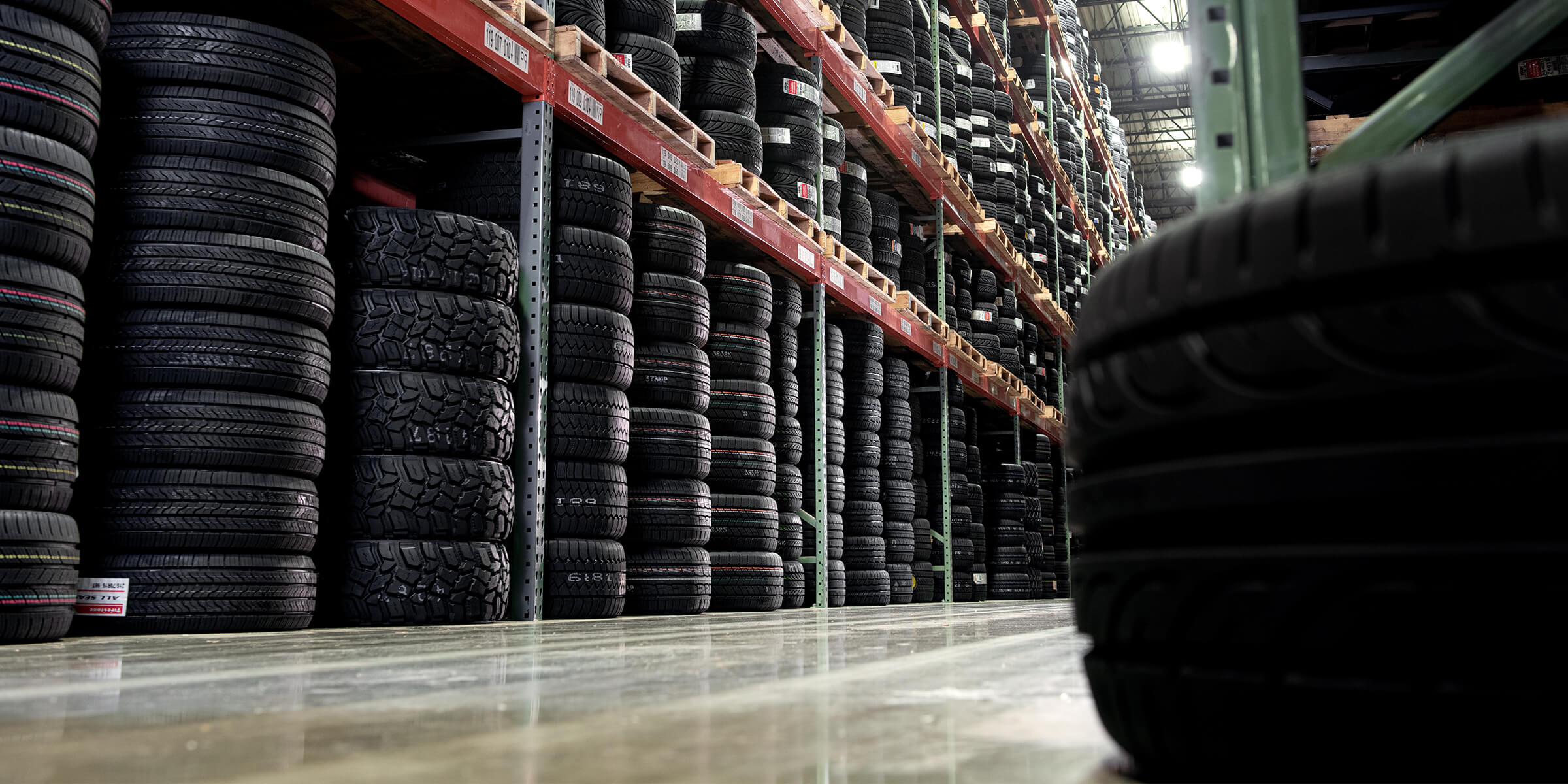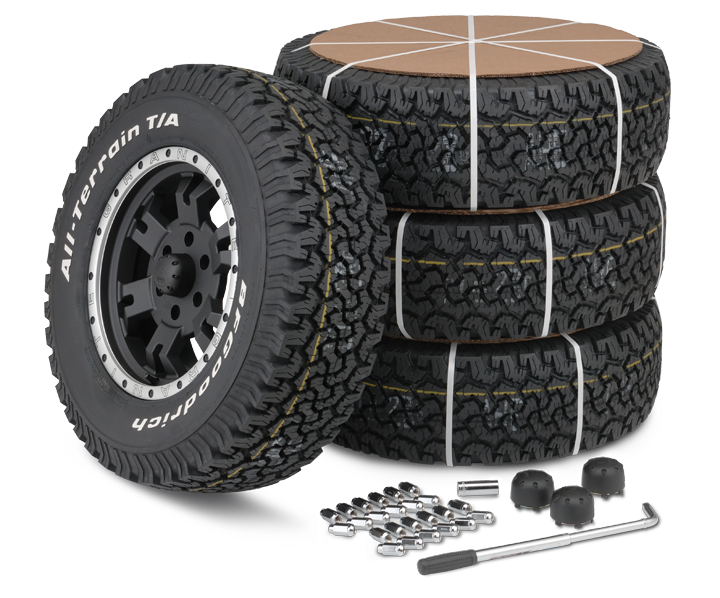Tire Service: The Effect of Climate Condition
When it comes to guaranteeing ideal performance and safety and security on the roadway, understanding the impact of weather conditions on tire solution is critical. In this conversation, we will certainly discover the detailed connection in between weather condition problems and tire service, dropping light on the value of weather-specific tire upkeep techniques and factors to consider.
Warm and Tire Performance
When exposed to high temperatures, tires experience adjustments in performance that can dramatically influence automobile security and handling. The warmth produced from prolonged driving or warm weather problems causes the tire rubber to soften, leading to lowered walk life and increased wear.
Moreover, high temperature levels can speed up the process of tire aging, triggering the rubber to deteriorate quicker. This can lead to splits, bulges, and various other kinds of damages that compromise the architectural integrity of the tire. To alleviate the results of warmth on tire performance, drivers ought to routinely inspect their tire pressure, revolve tires to ensure also put on, and examine for any signs of damage. In addition, using tires particularly made to hold up against heats can aid keep optimal performance and safety and security when driving.
Cold Climate Results
Cold weather problems can have a considerable influence on tire efficiency and security. As temperature levels decrease, tire rubber can solidify, causing reduced grip on icy or snow-covered roads. In cool weather, tires may likewise lose atmospheric pressure more quickly, which can impact handling and gas performance. In addition, cool temperatures can create tire sidewalls to tense, raising the danger of damages from gaps or other road hazards.
To reduce the effects of cold climate on tires, it is critical to consistently inspect tire pressure and inflate them to the supplier's recommended levels. Making use of winter season or all-season tires designed for cool weather condition problems can also boost traction and grip on icy or snowy roadways - discount tires morris il. Proper tire upkeep, including routine examinations for wear and damages, ends up being much more critical throughout colder months to make sure optimum efficiency and security
Rainy Conditions Influence
During wet problems, tire efficiency and safety can be considerably influenced by the damp roadway surfaces and decreased exposure. The tread pattern of tires plays a critical role in keeping grip on damp roads. Tires with worn-out treads are much more prone to hydroplaning, where a layer of water develops in between the tire and the roadway surface area, bring about loss of grip. To fight this, motorists ought to on a regular basis check their tires for appropriate tread deepness and think about purchasing tires particularly designed for damp problems.

Snow and Tire Security
When driving in snowy conditions, having the ideal tires can make a substantial difference in security and efficiency. Winter months tires are designed with special rubber compounds and walk patterns to give better traction on snow and ice contrasted to all-season tires.
In addition to using wintertime tires, it is crucial to ensure they are correctly pumped up. Winter can trigger tire pressure to drop, impacting traction and handling (discount tires morris il). Routinely examining and maintaining the correct tire pressure is essential for optimal efficiency in snowy conditions

Weather-Related Tire Maintenance
When confronted with different climate condition, correct tire maintenance comes to be a vital element of lorry safety and efficiency. Weather-related tire upkeep encompasses a series of methods intended at making sure optimum tire function and durability in various weather condition scenarios. One essential facet of weather-related tire upkeep is tire pressure law. Changing temperature levels can cause tire you could try these out pressure to vary, affecting grip and fuel effectiveness. Regularly inspecting and changing tire pressure according to maker referrals is important for risk-free driving in altering weather. Additionally, tire tread depth plays a substantial role in managing various climate components. Tires with adequate tread depth supply much better hold on damp or icy roadways, lowering the threat of hydroplaning or skidding. Inspecting tire step frequently and replacing tires when tread wear reaches a specific deepness is essential for keeping grip and security in damaging climate. By prioritizing weather-related tire upkeep, drivers can improve security, improve vehicle efficiency, and extend the life expectancy of their tires.
Conclusion
To conclude, weather have a considerable effect on tire efficiency and safety. From warm influencing tire stress and wear to cool weather lowering traction, it is necessary to consider the tire shop morris climate when maintaining and utilizing tires. Rainy conditions can lower grasp and cause hydroplaning, while snow can raise the risk of crashes if tires are not correctly outfitted. Weather-related tire upkeep is important in making certain optimal efficiency and safety and security on the roads.
In this discussion, we will certainly discover the intricate connection between weather conditions and tire solution, dropping light on the relevance of weather-specific tire upkeep techniques and factors to consider.
